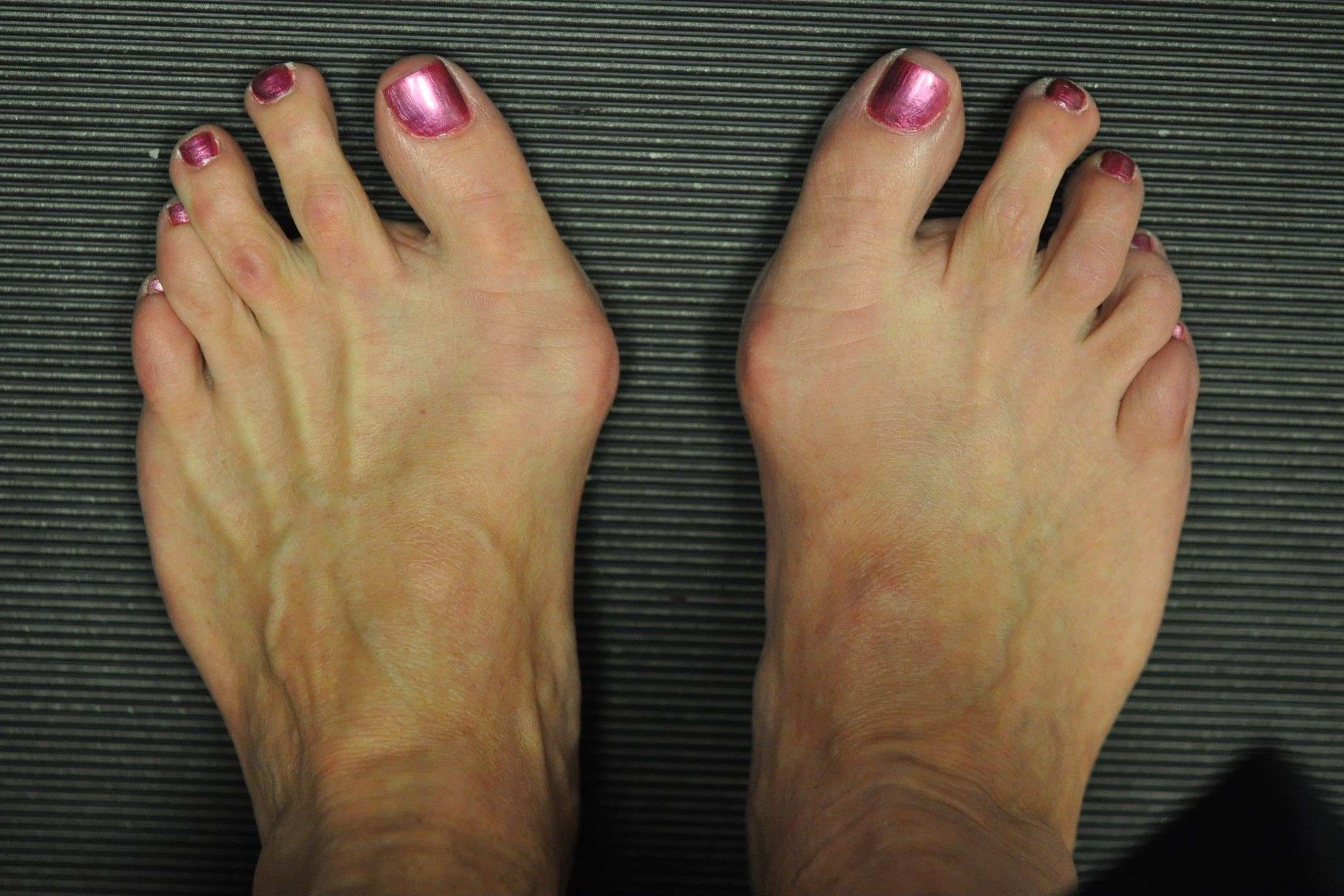
Bunions can be a real pain, literally. These bony bumps that form on the joint at the base of your big toe can cause discomfort and even lead to more serious foot problems if left untreated. But what exactly causes them? How can you prevent them, and what are the treatment options available? In this blog post, we'll dive into 13 facts about bunions that will help you understand this common foot issue better. From the role of genetics to the impact of footwear, we've got all the information you need to keep your feet happy and healthy. Ready to step into the world of bunions? Let's get started!
What is a Bunion?
A bunion is a bony bump that forms on the joint at the base of your big toe. It happens when some of the bones in the front part of your foot move out of place. This causes the tip of your big toe to get pulled toward the smaller toes and forces the joint at the base of your big toe to stick out.
- Bunions are more common in women than men.
- Tight, narrow shoes can cause bunions or make them worse.
- Genetics can play a role in developing bunions.
- Bunions can be painful and make walking difficult.
- Surgery is sometimes needed to correct severe bunions.
Symptoms of Bunions
Bunions can cause a variety of symptoms, ranging from mild to severe. Knowing these symptoms can help you identify a bunion early and seek treatment.
- A bulging bump on the outside of the base of your big toe.
- Swelling, redness, or soreness around your big toe joint.
- Corns or calluses — these often develop where the first and second toes rub against each other.
- Persistent or intermittent pain.
- Restricted movement of your big toe if arthritis affects the toe.
Causes of Bunions
Understanding what causes bunions can help in preventing them. Several factors can contribute to the development of bunions.
- Wearing poorly fitting shoes, especially those with a narrow, pointed toe box.
- Foot injuries or stress on your foot.
- Inherited foot type — some people are more prone to developing bunions due to the shape and structure of their feet.
Final Thoughts on Bunions
Bunions can be a real pain, literally. Knowing the facts about them helps in managing and preventing further discomfort. They’re more common than you might think, affecting millions worldwide. Genetics play a big role, but so do footwear choices. High heels and tight shoes can make things worse. Early intervention is key. Simple changes like wearing wider shoes or using orthotics can make a difference. Surgery is an option, but it’s usually a last resort. Regular check-ups with a podiatrist can help keep things in check. Don’t ignore the pain; it’s your body’s way of telling you something’s wrong. Stay informed, take care of your feet, and you’ll be walking comfortably in no time. Remember, happy feet make for a happy life.
Was this page helpful?
Our commitment to delivering trustworthy and engaging content is at the heart of what we do. Each fact on our site is contributed by real users like you, bringing a wealth of diverse insights and information. To ensure the highest standards of accuracy and reliability, our dedicated editors meticulously review each submission. This process guarantees that the facts we share are not only fascinating but also credible. Trust in our commitment to quality and authenticity as you explore and learn with us.


